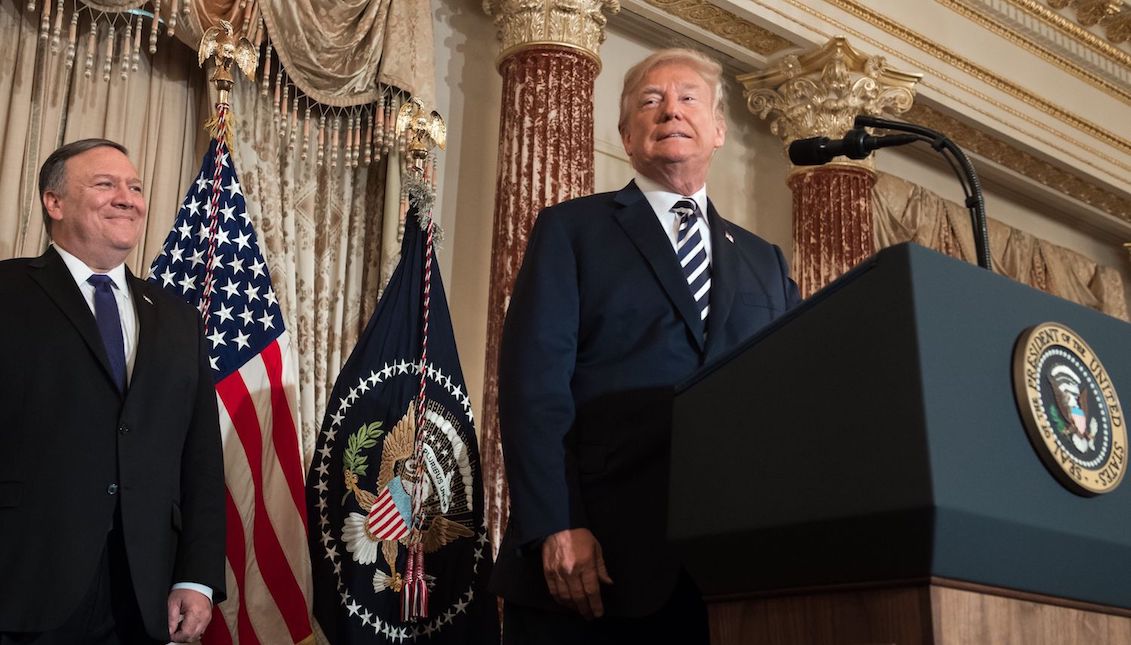
Trump administration closes doors to refugees
Secretary of State Mike Pompeo announced that the U.S. government will not receive more than 30,000 refugees in 2019, considerably reducing the cap of 45,000…
According to the United Nations Refugee Agency, there is currently an alarming sum of 68.5 million people displaced by conflicts worldwide, and about 31 people flee their country every minute that passes.
The agency's report explains that the majority of refugees come from high-conflict areas such as Syria, Afghanistan, Sudan, and Myanmar. The main countries hosting refugees are Australia, Austria, and Belgium, in a list of more than 15 countries where the United States is in the last place, although it is one of the main actors in some of the most pressing conflicts.
The United Nations released the figures in June amid international rejection of the Trump administration's "zero tolerance" policy that resulted in the separation of more than 3,000 families on the border with Mexico.
The United Nations High Commissioner for Human Rights, Zeid Ra'ad al-Hussein, described the Trump government's immigration policy as "government-sanctioned child abuse" and urged the administration to "put an end to the controversial practice," as reported by ABC News.
However, the government of Donald Trump announced on Monday a new measure that will further close the entry of refugees to the United States.
RELATED CONTENT
According to Secretary of State Mike Pompeo, the administration has proposed reducing the number of admissions during the year 2019 from 45,000 to 30,000, adding that the decision "must be considered in the context of the many other forms of protection and assistance offered by the United States" and that should not be the "only barometer "to measure the country's humanitarian effort,” according to Politico.
The report also recalls that, when Trump took office, the top number of refugees admitted into the country remained at 110,000, and was reduced by the government to 50,000 "shortly after its inauguration," and subsequently to 45,000 during the fiscal year 2018.
"The administration argued last year that refugee resources should be employed to address a backlog of domestic asylum cases that ballooned to more than 300,000 cases this year - an argument repeated by Pompeo on Monday," Politico continues. "Unlike refugees, who apply from overseas, asylum seekers request protection after arriving in the U.S."
This new tactic seems to perpetuate the strategies pursued by the president's foreign policy adviser Stephen Miller, whose ultimate goal is to reduce immigration to the country at all costs.
According to the New York Times, "as one piece of his broader push to narrow a variety of legal pathways for migrants to make their way into the United States, Mr. Miller had pressed for capping the program at as low as 25.000 people, according to people familiar with the discussions, who spoke on the condition of anonymity to describe internal deliberations.”
This insistent anti-immigrant policy of the Trump administration not only reinforces the U.S. government’s impenetrability to the reality of the rest of the world - a reality often fueled by its own international policies - but also "weakens our moral authority and leadership in the world," as explained by J. Kevin Appleby, senior director of international migration policy at the Center for Migration Studies.











LEAVE A COMMENT:
Join the discussion! Leave a comment.